Nature
Plant-Based Instrument
More info: Stan Smeets
Posted By: Alex - Wed Mar 23, 2022 -
Comments (0)
Category: Music, Nature
Miss Orchid Bathing Suit
I wish I knew the real title and other details of this beauty queen. But I think, just based on the costume, we can include her in our pageant of Weird Beauty Contest Winners.
Posted By: Paul - Sun Feb 27, 2022 -
Comments (0)
Category: Awards, Prizes, Competitions and Contests, Beauty, Ugliness and Other Aesthetic Issues, Nature, Twentieth Century
Peat Moss Diapers
A manual on infant care, released by the U.S. Department of Labor in 1914, recommended peat moss (aka sphagnum moss) for use in diapers:Such a pad (i.e., a pad of sphagnum moss inclosed in cheesecloth) weighing only an ounce will completely absorb and retain a quarter of a pint of urine—say as much as would be passed in the night. This is infinitely cleaner and healthier than allowing the urine to spread over a wide area of napkin and nightdress, and thus cause extensive chillding and more or less irritation of the skin. Dry sphagnum forms an extremely light, clean, airy, elastic pad, which will yield in any direction and accommodate its shape to the parts.
Those living in the country where this moss grows may find it a great convenience to pick and dry the moss for this or other domestic purposes.
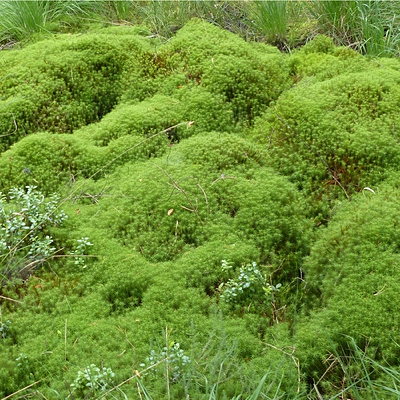
peat moss
Some googling reveals that Native American tribes, way back when, would often use peat moss for diapers.
And at the Earthling's Handbook you'll find an account by a modern-day couple who used peat moss for diapers and reported positive results:
Posted By: Alex - Sat Feb 26, 2022 -
Comments (3)
Category: Babies, Nature
Stramonium Cigarettes: Smoking to Relieve Asthma
Long professional article on their history here.The relevant info at Wikipedia.



Posted By: Paul - Tue Feb 01, 2022 -
Comments (2)
Category: Nature, Patent Medicines, Nostrums and Snake Oil, Nineteenth Century, Twentieth Century, Diseases
Forest Mensuration
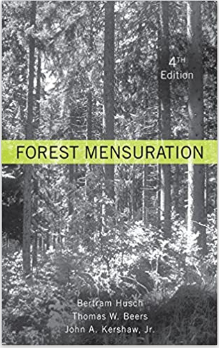
Besides sounding slightly naughty, "Forest Mensuration" proves epically boring.
"Trees get skinnier from bottom to top" is one thing you will learn.
Posted By: Paul - Fri Nov 26, 2021 -
Comments (2)
Category: Boredom, Nature
The Language and Poetry of Flowers
Once upon a time, each flower held a very specific symbolical meaning. You can read about them in this book.So be very careful next time you commission a bouquet for someone. You wouldn't want to include any white roses still in bud, lest you seem "ignorant of love."

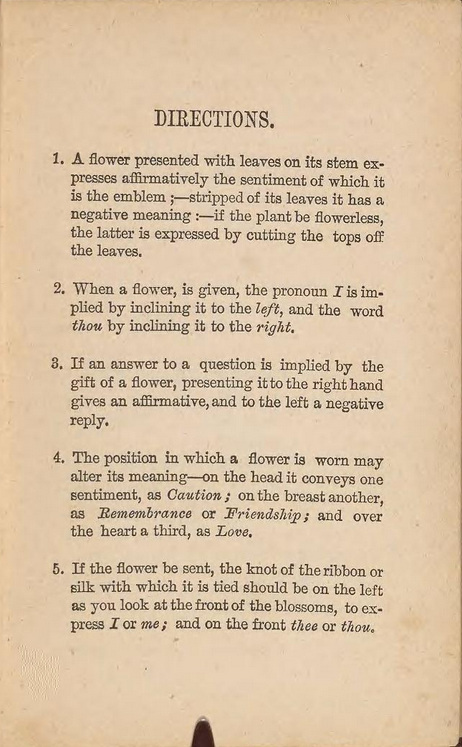

Posted By: Paul - Mon Oct 25, 2021 -
Comments (5)
Category: Innuendo, Double Entendres, Symbolism, Nudge-Nudge-Wink-Wink and Subliminal Messages, Nature, Books, Nineteenth Century, Love & Romance
Elysia: Valley of the Nudes
Warning! Nudists at play!
Posted By: Paul - Thu Jul 08, 2021 -
Comments (2)
Category: Body, Movies, Exploitation and Grindhouse, Nature, 1930s
Adventures of a 120-Sided Die
Posted By: Paul - Sun May 23, 2021 -
Comments (1)
Category: Anthropomorphism, Fey, Twee, Whimsical, Naive and Sadsack, Games, Nature
Animating Plants
Many people talk to their plants, but the plants don't talk back. However, a new invention allows the plants not to talk back, but at least to communicate, by moving. For instance, you could ask a plant if it needed to be watered, and the plant would shake up and down to indicate 'yes'.From the patent granted to Richard J. Maddocks et al:
The invention can provide an opportunity for retailers, distributors or gift givers to customize the behavior and content of the plant's behavior.
The present invention can provide a technique for the plant through its behavior to communicate its physiological needs for irrigation, light, fertilizer etc.

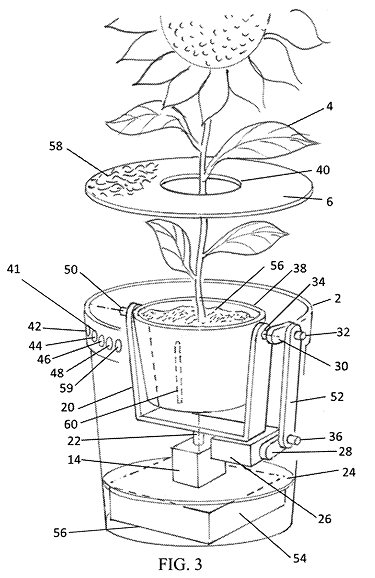
Posted By: Alex - Sun May 09, 2021 -
Comments (2)
Category: Communications, Inventions, Patents, Nature, Technology
The Creeping Devil Cactus
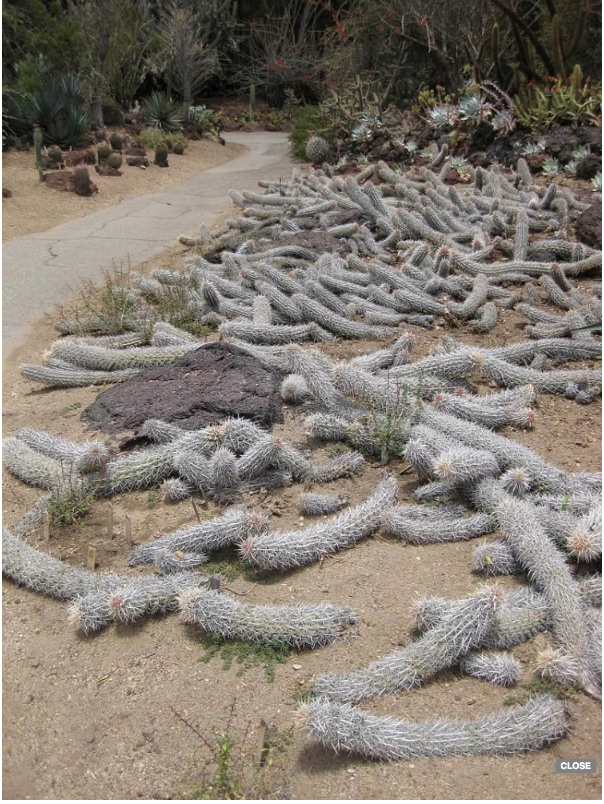
The Wikipedia page.
In cool maritime climate of Baja California Sur, creeping devil cacti can grow at a rate of up to two feet per year, forming large, sometimes impenetrable colonies of thorny stems, but when transplanted to more arid climates, their growth rate drops to two feet per decade. But even in their endemic environment, these succulents are isolated from pollinators so they rely on self-cloning for survival.
As it grows parallel to the ground, the stem of the creeping devil cactus will start to take roots toward their tip, and once it is solidly fixed into the sandy soil, the old body dies, rotting and eventually turning into nutrients that help the new stem grow. It is this process that also allows the cactus to creep through the desert over time. In a way, the cactus has to die in order to survive.
Posted By: Paul - Mon May 03, 2021 -
Comments (0)
Category: Freaks, Oddities, Quirks of Nature, Nature, Natural Wonders, Regionalism, North America

| Who We Are |
|---|
| Alex Boese Alex is the creator and curator of the Museum of Hoaxes. He's also the author of various weird, non-fiction, science-themed books such as Elephants on Acid and Psychedelic Apes. Paul Di Filippo Paul has been paid to put weird ideas into fictional form for over thirty years, in his career as a noted science fiction writer. He has recently begun blogging on many curious topics with three fellow writers at The Inferior 4+1. Contact Us |




